Home>Furniture & Design>Outdoor Furniture>How To Stop Outdoor Ceiling Fan From Spinning In The Wind
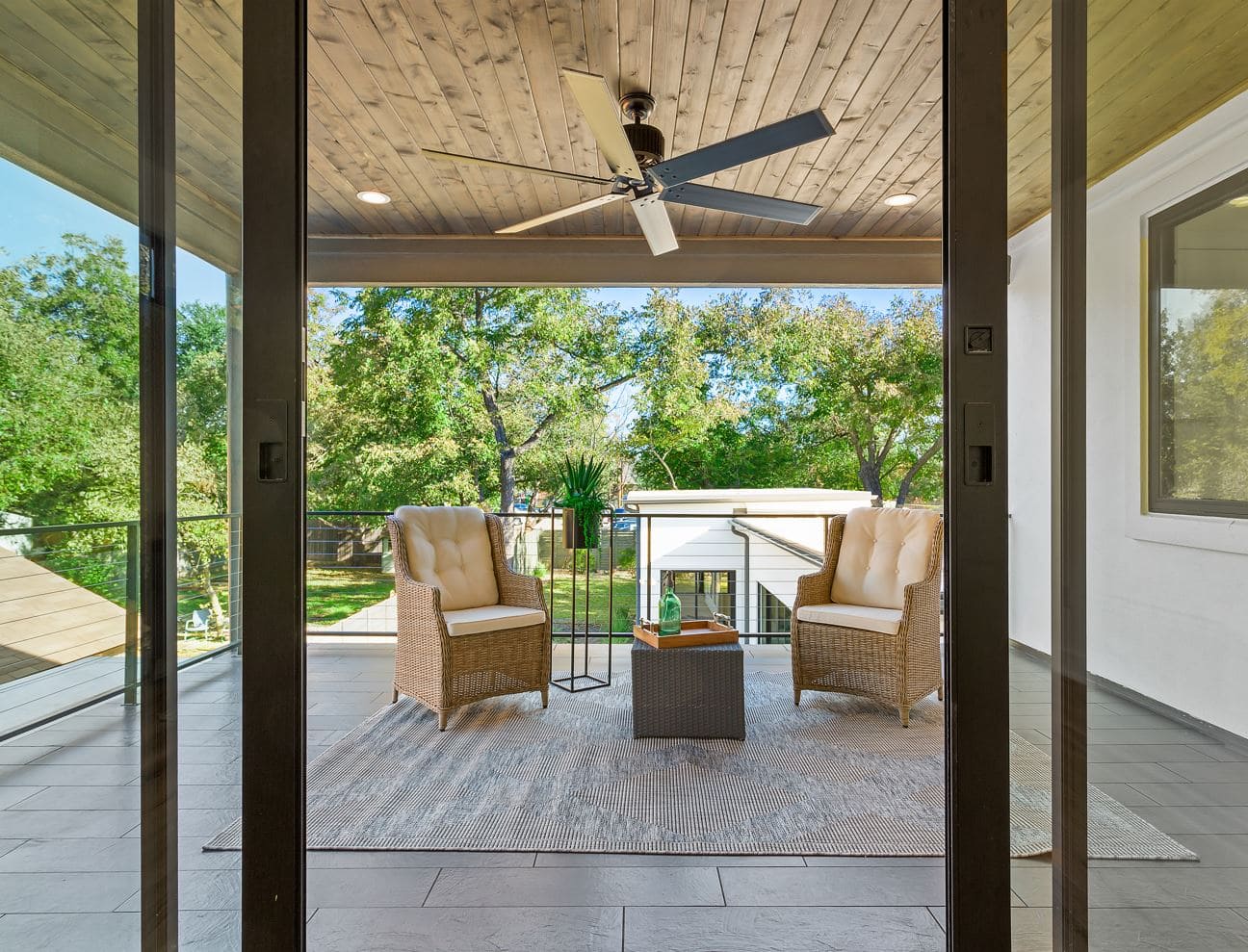

Outdoor Furniture
How To Stop Outdoor Ceiling Fan From Spinning In The Wind
Modified: August 24, 2024
Learn effective ways to prevent your outdoor ceiling fan from spinning uncontrollably in the wind with our expert tips and solutions. Keep your outdoor furniture secure and stylish.
(Many of the links in this article redirect to a specific reviewed product. Your purchase of these products through affiliate links helps to generate commission for Storables.com, at no extra cost. Learn more)
Introduction
Outdoor ceiling fans are a fantastic addition to any patio, deck, or outdoor space, providing a refreshing breeze and helping to keep the area cool and comfortable. However, these fans can sometimes be a victim of their own effectiveness, spinning uncontrollably in the face of strong winds. This not only diminishes their functionality but also poses a safety hazard. Fortunately, there are several effective methods to prevent outdoor ceiling fans from spinning in the wind, ensuring that you can continue to enjoy their benefits without worry.
In this guide, we'll explore the various solutions for addressing this common issue. From assessing the environment to installing stabilizing accessories and making adjustments to the fan speed, we'll cover everything you need to know to keep your outdoor ceiling fan steady and secure. By implementing these strategies, you can maintain a relaxing and safe outdoor environment regardless of the weather conditions.
Let's dive into the details of how to stop outdoor ceiling fans from spinning in the wind, allowing you to make the most of your outdoor living space without any interruptions.
Key Takeaways:
- Keep your outdoor ceiling fan steady in the wind by installing stabilizing accessories like downrod stabilizers and anti-wind clips. These simple additions can prevent excessive spinning and ensure a safe and enjoyable outdoor experience.
- Adjusting the fan speed can also help mitigate the effects of wind, maintaining a comfortable breeze while minimizing the risk of uncontrollable spinning. By finding the right balance, you can optimize your outdoor fan’s performance in varying weather conditions.
Read more: How To Stop A Ceiling Fan From Squeaking
Understanding the Problem
When outdoor ceiling fans spin uncontrollably in the wind, it can lead to various issues. Firstly, the rapid and unregulated rotation can cause the fan blades to become imbalanced, leading to excessive wear and tear on the motor and other components. This not only reduces the fan’s lifespan but also compromises its efficiency and performance over time. Additionally, a spinning fan poses a safety risk, especially in areas where people gather, as loose or unsecured components could potentially detach and cause injury or property damage.
Understanding the root cause of this problem is crucial for implementing effective solutions. One of the primary reasons for an outdoor ceiling fan spinning excessively in the wind is its exposure to strong gusts in an open outdoor environment. Unlike indoor ceiling fans, outdoor fans are directly exposed to the elements, making them more susceptible to the impact of wind and weather conditions. This exposure can lead to the fan blades catching the wind and spinning at an uncontrollable speed, jeopardizing their stability and safety.
By recognizing the factors contributing to the issue, such as the fan’s location, prevailing wind patterns, and the specific design of the fan blades, you can take targeted measures to address and mitigate the problem. Whether it’s through the installation of stabilizing accessories, adjustments to the fan speed, or strategic placement in relation to surrounding structures, understanding the dynamics at play enables you to effectively combat the issue of outdoor ceiling fans spinning in the wind.
Now that we’ve delved into the underlying causes of this common concern, let’s move on to assessing the environment and identifying the most suitable solutions for stabilizing outdoor ceiling fans in windy conditions.
Assessing the Environment
Before implementing specific measures to prevent outdoor ceiling fans from spinning in the wind, it’s essential to conduct a thorough assessment of the surrounding environment. By understanding the unique characteristics of the outdoor space and the prevailing wind patterns, you can tailor your approach to effectively stabilize the fan and ensure its optimal performance.
Begin by observing the location of the outdoor ceiling fan in relation to surrounding structures and natural features. Take note of any nearby tall buildings, trees, or other obstructions that may influence wind flow and create turbulent conditions. Identifying potential wind tunnels or areas of concentrated airflow can provide valuable insights into the specific challenges the fan may face in maintaining stability during windy conditions.
Furthermore, consider the orientation of the fan blades in relation to the prevailing wind direction. A fan positioned perpendicular to the predominant wind flow is more likely to experience excessive spinning, whereas a fan aligned with the wind may be less prone to uncontrollable rotation. Understanding how the fan interacts with the surrounding wind patterns is crucial for devising effective solutions to mitigate its susceptibility to gusts and turbulent air movement.
Assessing the environment also involves evaluating the level of wind exposure in the outdoor space. Are there frequent strong gusts or sustained high winds in the area? Understanding the typical wind conditions can guide your decision-making process when selecting and implementing stabilization methods for the outdoor ceiling fan. Additionally, consider the seasonality of wind patterns, as the fan may face different challenges during different times of the year.
By thoroughly assessing the environment, including the physical layout of the outdoor space and the prevailing wind dynamics, you can gain valuable insights that will inform your approach to stabilizing the outdoor ceiling fan. Armed with this understanding, you can proceed to explore the various strategies and solutions tailored to address the specific challenges posed by the outdoor environment.
Installing a Downrod Stabilizer
One effective solution for preventing outdoor ceiling fans from spinning in the wind is the installation of a downrod stabilizer. This specialized accessory is designed to enhance the stability and balance of the fan, reducing its susceptibility to uncontrollable rotation during windy conditions. By securing the fan and minimizing the impact of external forces, a downrod stabilizer offers a reliable means of maintaining the fan’s functionality and safety.
The downrod stabilizer typically consists of a set of brackets or arms that attach to the ceiling and the fan’s downrod, creating additional support and reinforcement. This added stability helps counteract the forces exerted by strong winds, effectively minimizing the potential for the fan to spin uncontrollably. When properly installed, the downrod stabilizer acts as a reliable safeguard, ensuring that the fan remains steady and secure even in the face of turbulent weather conditions.
When considering the installation of a downrod stabilizer, it’s important to select a model that is compatible with your specific outdoor ceiling fan. Ensure that the stabilizer is designed to accommodate the dimensions and mounting configuration of your fan, as well as the environmental conditions it will encounter. Additionally, follow the manufacturer’s guidelines and recommendations for proper installation, as precise positioning and secure attachment are essential for the stabilizer to effectively fulfill its intended function.
By incorporating a downrod stabilizer into the fan’s setup, you can significantly enhance its resilience and performance in outdoor settings. This proactive measure not only mitigates the risk of excessive spinning in the wind but also contributes to the long-term durability and reliability of the fan, ultimately maximizing its value and utility in your outdoor living space.
With the downrod stabilizer in place, you can enjoy the benefits of your outdoor ceiling fan with confidence, knowing that it is equipped to withstand varying wind conditions and remain steadfast in its operation. This simple yet effective solution represents a proactive approach to addressing the challenges posed by outdoor environments, ensuring that your fan remains a dependable and enduring feature of your outdoor relaxation and entertainment area.
Consider installing a ceiling fan with a wind-resistant design or adding a stabilizing kit to your existing fan. This will help prevent the blades from spinning in strong winds.
Using Anti-Wind Clips
Another practical method to prevent outdoor ceiling fans from spinning uncontrollably in the wind is the utilization of anti-wind clips. These innovative accessories are specifically designed to secure the fan blades, minimizing their susceptibility to rapid rotation and maintaining the fan’s stability during windy conditions. By strategically applying anti-wind clips to the fan blades, you can effectively mitigate the disruptive effects of strong gusts and turbulent airflow, ensuring a consistent and controlled operation of the fan.
Anti-wind clips typically consist of durable, weather-resistant materials and are engineered to securely attach to the fan blades without interfering with their rotational function. When properly installed, these clips act as a reliable safeguard, preventing the fan blades from catching the wind and spinning at uncontrollable speeds. This not only enhances the fan’s stability and safety but also contributes to its long-term performance and durability in outdoor environments.
When considering the use of anti-wind clips, it’s important to select a model that is compatible with your specific outdoor ceiling fan. Ensure that the clips are designed to accommodate the size and shape of the fan blades, as well as the prevailing wind conditions in your outdoor space. Additionally, follow the manufacturer’s instructions for proper installation, positioning the clips securely to achieve optimal effectiveness without impeding the fan’s functionality.
By incorporating anti-wind clips into the fan’s setup, you can proactively address the challenges posed by windy outdoor environments, ensuring that the fan remains steady and reliable in its operation. This straightforward yet effective solution empowers you to enjoy the benefits of your outdoor ceiling fan without concern for its stability or performance, even in the face of fluctuating wind conditions.
With anti-wind clips in place, you can create a more controlled and predictable operating environment for your outdoor ceiling fan, enhancing its functionality and safety while preserving its longevity and efficiency. This practical approach to stabilizing the fan in windy conditions underscores the versatility and adaptability of outdoor living solutions, enabling you to make the most of your outdoor space with confidence and peace of mind.
Read more: How To Stop Wind From Blowing Down Chimney
Adjusting Fan Speed
Adjusting the speed of an outdoor ceiling fan can be a strategic and versatile approach to mitigating the effects of wind and maintaining its stability in outdoor environments. By optimizing the fan’s speed settings, you can effectively reduce the likelihood of uncontrollable spinning during windy conditions, ensuring a more controlled and consistent operation that aligns with the surrounding airflow dynamics.
Many outdoor ceiling fans come equipped with multiple speed settings, allowing users to tailor the fan’s rotational speed to their specific comfort and environmental requirements. When faced with windy conditions that may compromise the fan’s stability, adjusting the fan speed to a lower setting can help minimize the impact of external forces and reduce the potential for rapid and disruptive rotation. By operating the fan at a more subdued speed, you can create a more balanced and controlled airflow, enhancing the fan’s stability and predictability in the face of varying wind intensities.
When considering the adjustment of fan speed, it’s important to strike a balance between maintaining a comfortable breeze and minimizing the risk of uncontrollable spinning. Experiment with the different speed settings to find the optimal balance that effectively mitigates the disruptive effects of wind while still providing the desired level of cooling and air circulation in the outdoor space. Additionally, consider making gradual adjustments to the fan speed based on the prevailing wind conditions, allowing you to adapt the fan’s operation in real-time to maintain its stability and performance.
By leveraging the flexibility of adjustable fan speed, you can proactively address the challenges posed by windy outdoor environments, ensuring that the fan remains a reliable and consistent source of comfort and air movement. This adaptable and user-controlled approach empowers you to optimize the fan’s performance in response to changing wind dynamics, enhancing its functionality and reliability in outdoor settings.
With the ability to adjust the fan speed to suit the prevailing wind conditions, you can maintain a more controlled and comfortable outdoor environment, maximizing the benefits of your outdoor ceiling fan while minimizing the disruptive effects of strong gusts and turbulent airflow. This dynamic and responsive strategy underscores the adaptability and versatility of outdoor living solutions, allowing you to enjoy a tailored and enjoyable outdoor experience in various weather conditions.
Conclusion
Addressing the challenge of outdoor ceiling fans spinning uncontrollably in the wind is essential for maintaining a safe, comfortable, and enjoyable outdoor living space. By implementing targeted solutions and proactive measures, you can effectively mitigate the disruptive effects of wind and ensure the stability and reliable performance of your outdoor fan. Whether it’s through the installation of stabilizing accessories, the use of anti-wind clips, or strategic adjustments to the fan speed, there are various effective strategies to prevent outdoor ceiling fans from being adversely affected by windy conditions.
Understanding the unique environmental factors at play, such as prevailing wind patterns and the layout of the outdoor space, is key to devising tailored solutions that address the specific challenges faced by your outdoor ceiling fan. By conducting a thorough assessment of the environment and selecting the most suitable methods for stabilizing the fan, you can create an outdoor environment that is conducive to relaxation, comfort, and safety, regardless of the prevailing weather conditions.
With the installation of downrod stabilizers, the application of anti-wind clips, and the strategic adjustment of fan speed, you can effectively safeguard your outdoor ceiling fan and optimize its performance in the face of varying wind intensities. These proactive measures not only enhance the fan’s stability and safety but also contribute to its long-term durability and reliability, ensuring that it remains a valuable and dependable feature of your outdoor living space.
By taking a proactive and informed approach to addressing the challenges posed by windy outdoor environments, you can maximize the benefits of your outdoor ceiling fan while minimizing the disruptive effects of strong gusts and turbulent airflow. This proactive and strategic approach underscores the adaptability and versatility of outdoor living solutions, empowering you to create a comfortable and enjoyable outdoor space that is resilient in the face of changing weather conditions.
With the right strategies in place, you can enjoy the refreshing breeze and comfort provided by your outdoor ceiling fan with confidence, knowing that it is equipped to withstand varying wind conditions and remain steadfast in its operation. By implementing these effective solutions, you can ensure that your outdoor living space remains a welcoming and relaxing retreat, offering comfort and enjoyment in every season.
Frequently Asked Questions about How To Stop Outdoor Ceiling Fan From Spinning In The Wind
Was this page helpful?
At Storables.com, we guarantee accurate and reliable information. Our content, validated by Expert Board Contributors, is crafted following stringent Editorial Policies. We're committed to providing you with well-researched, expert-backed insights for all your informational needs.
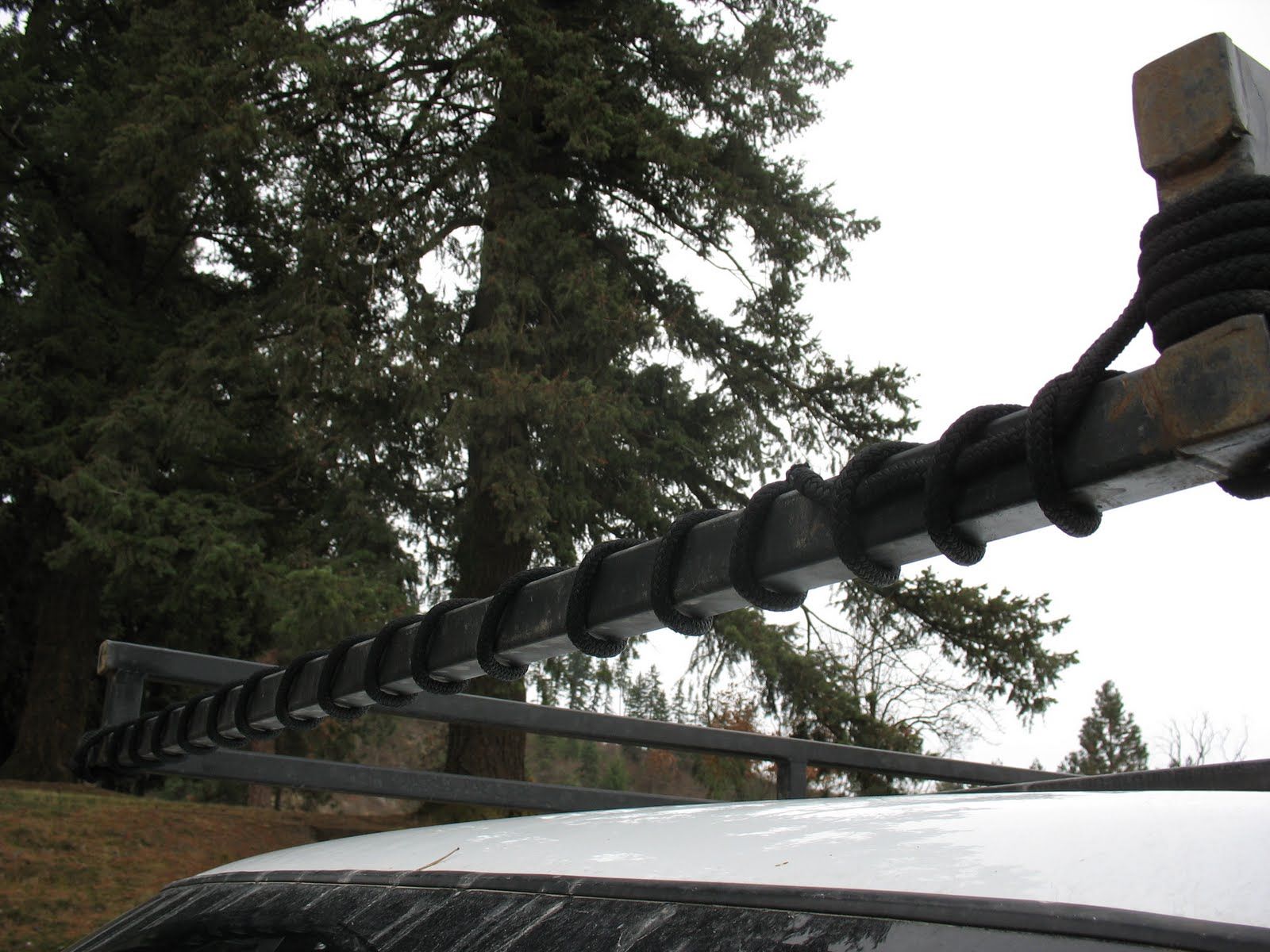
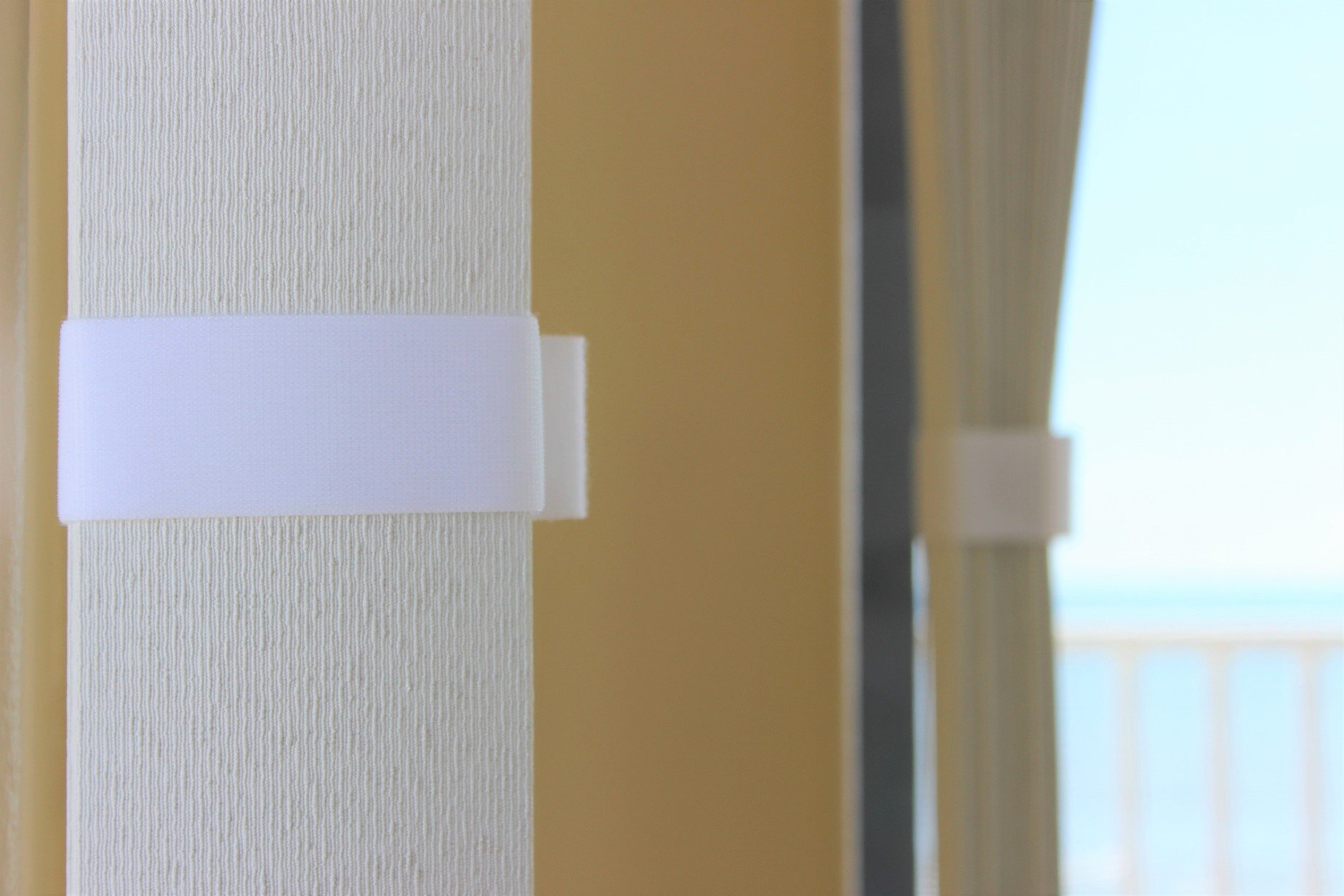
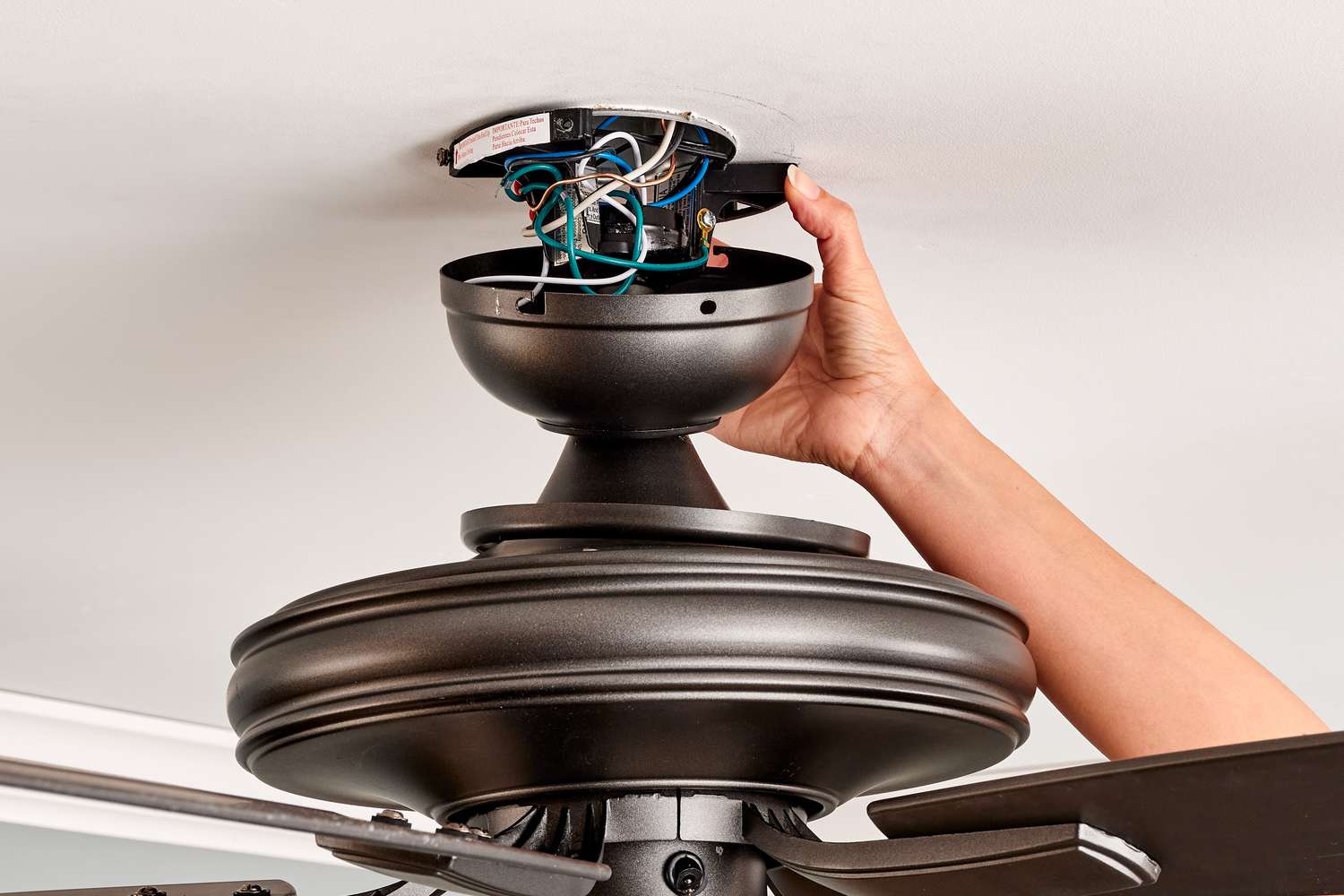
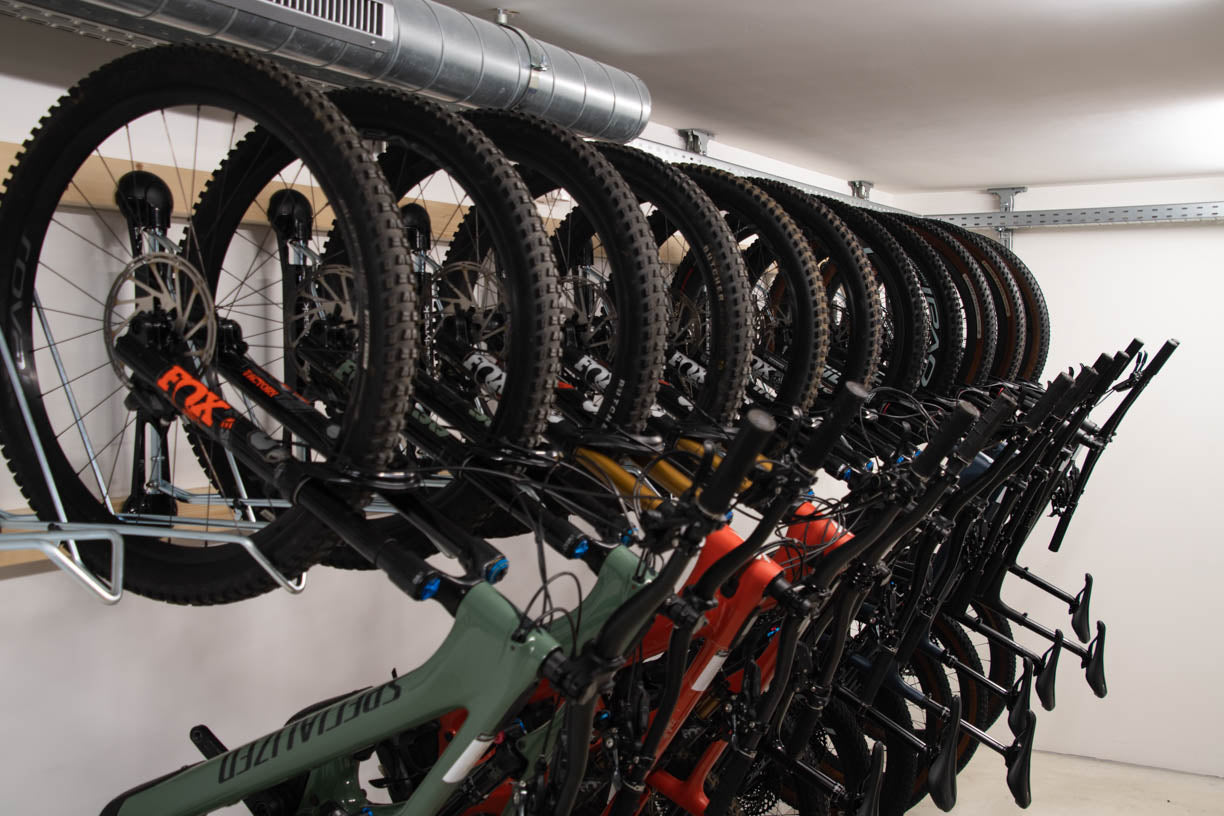
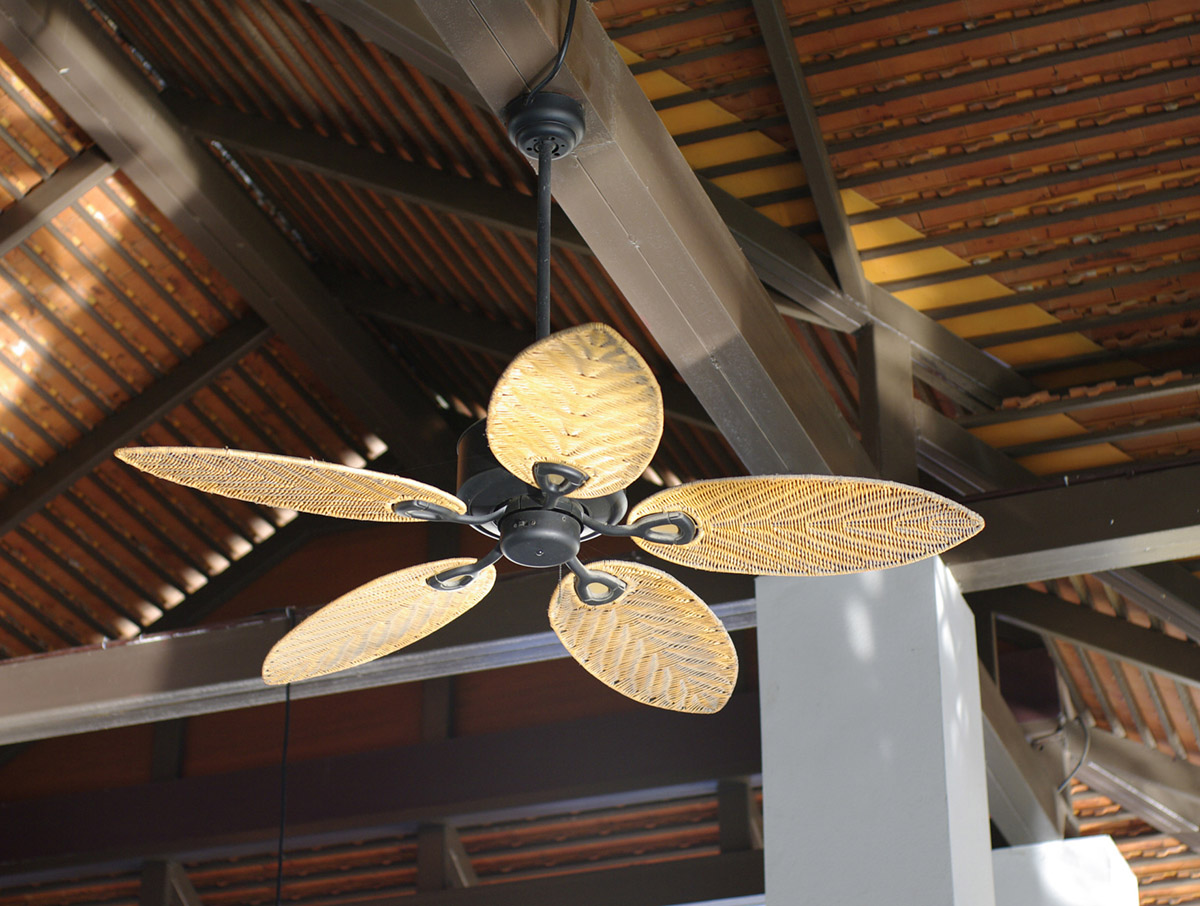
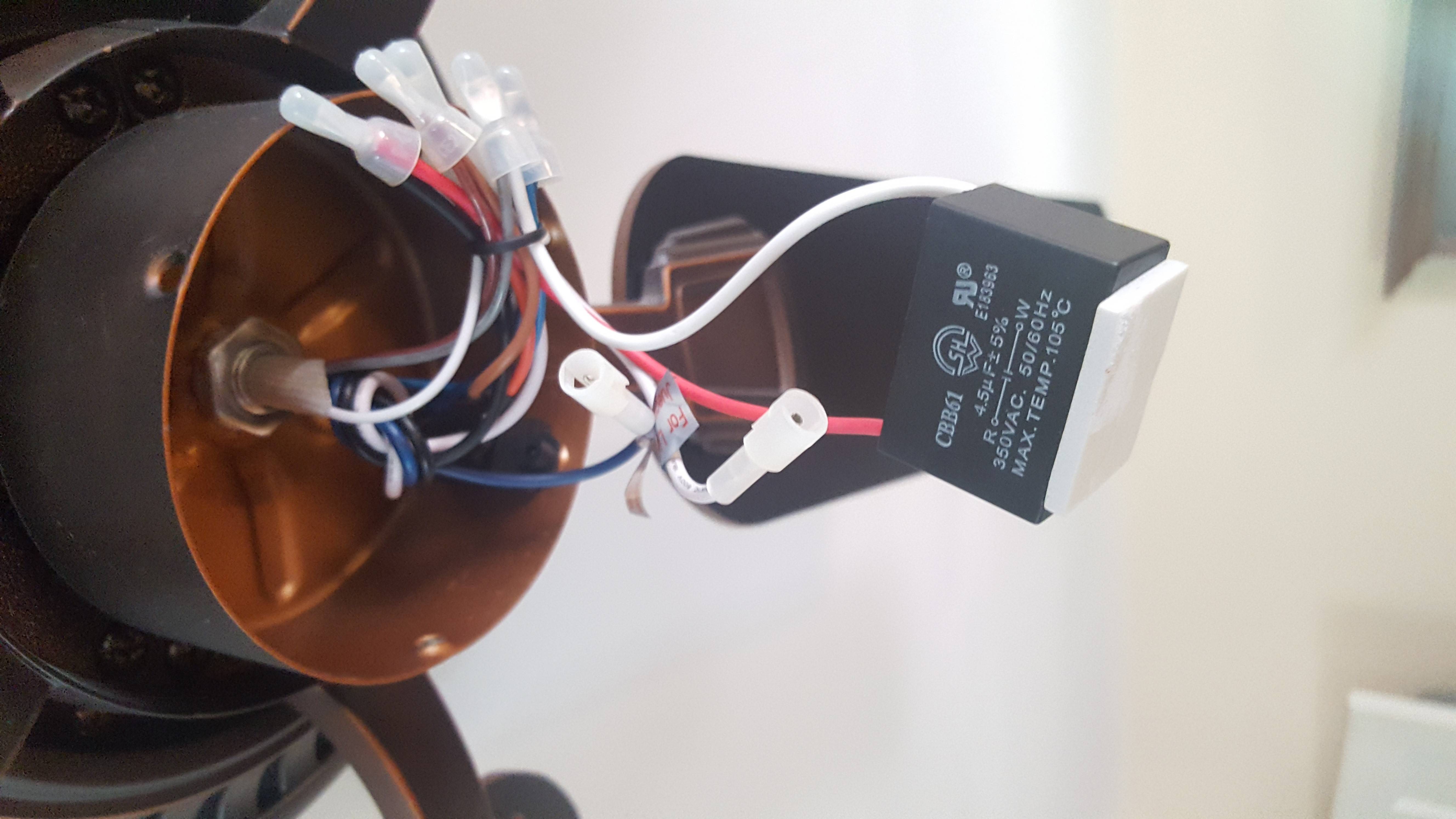

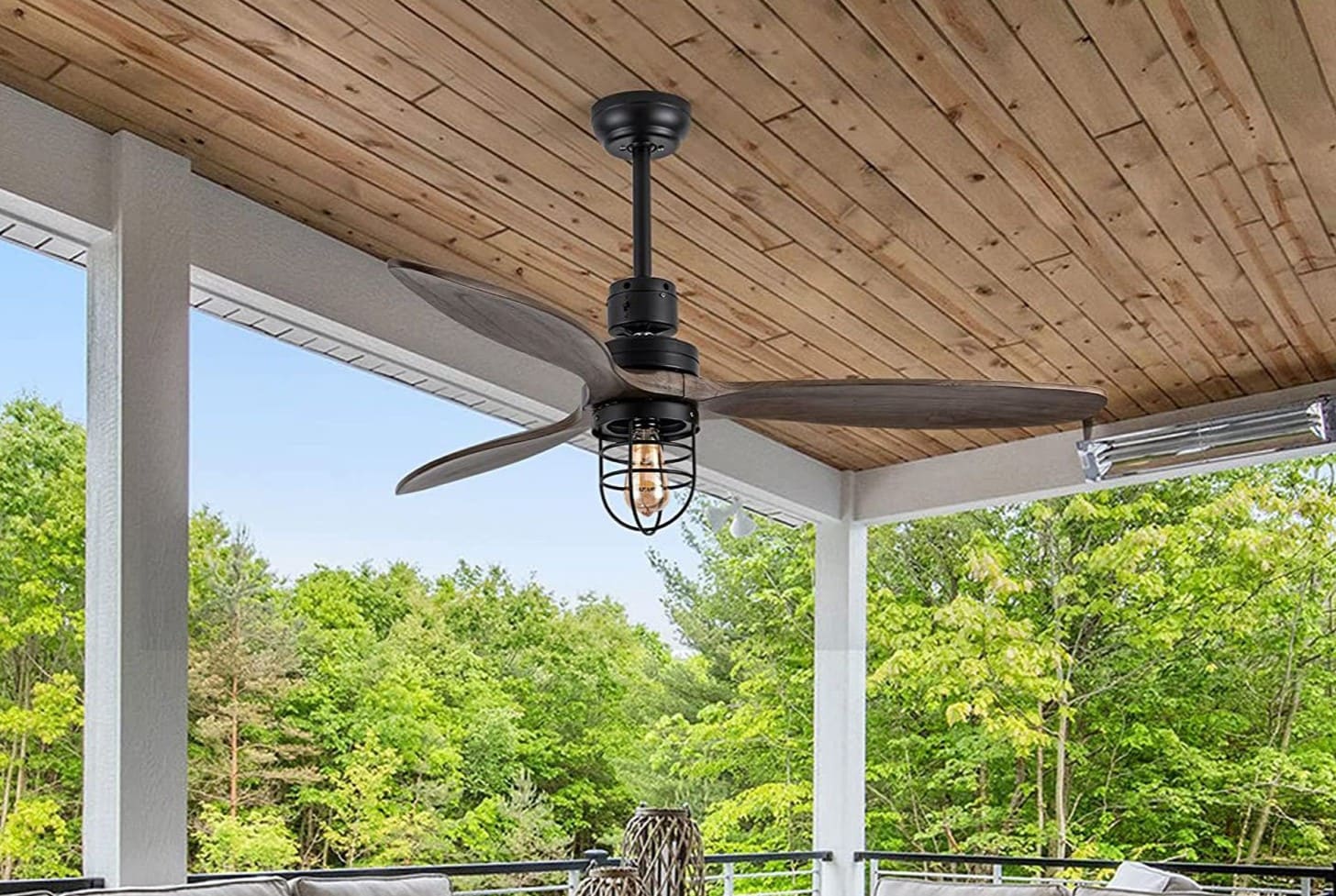
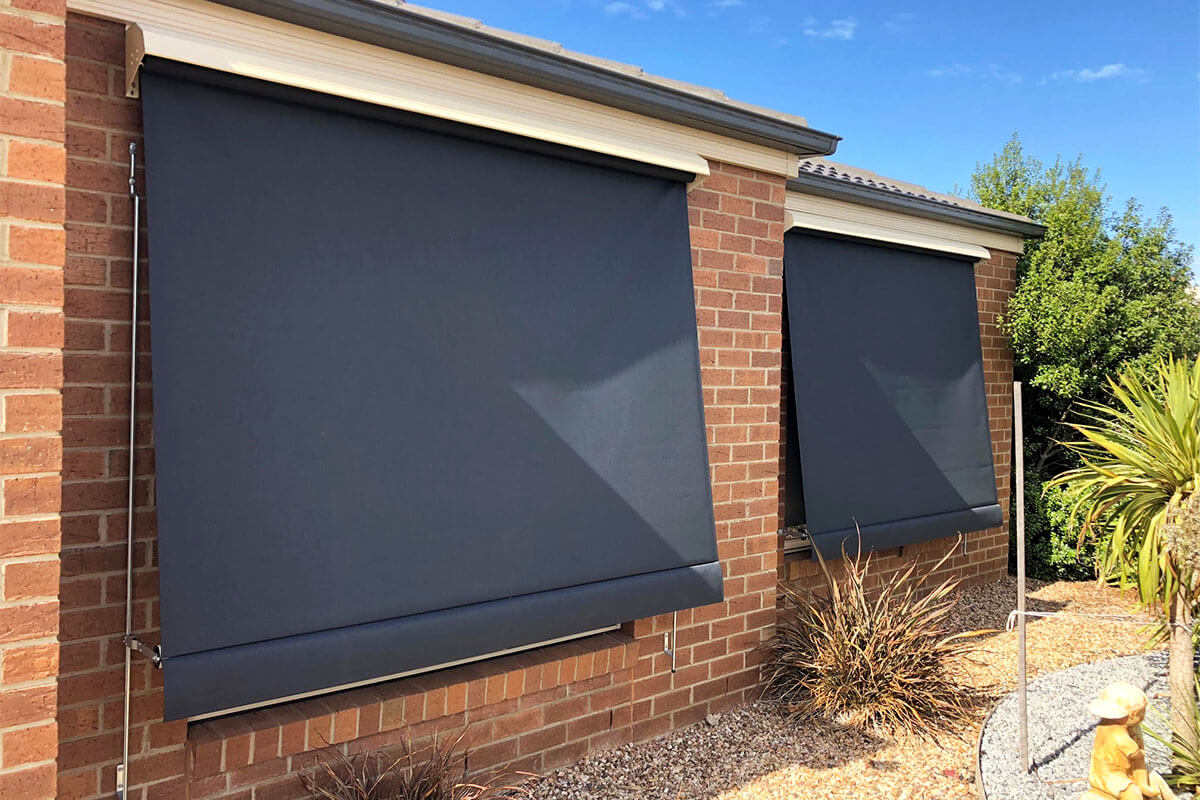


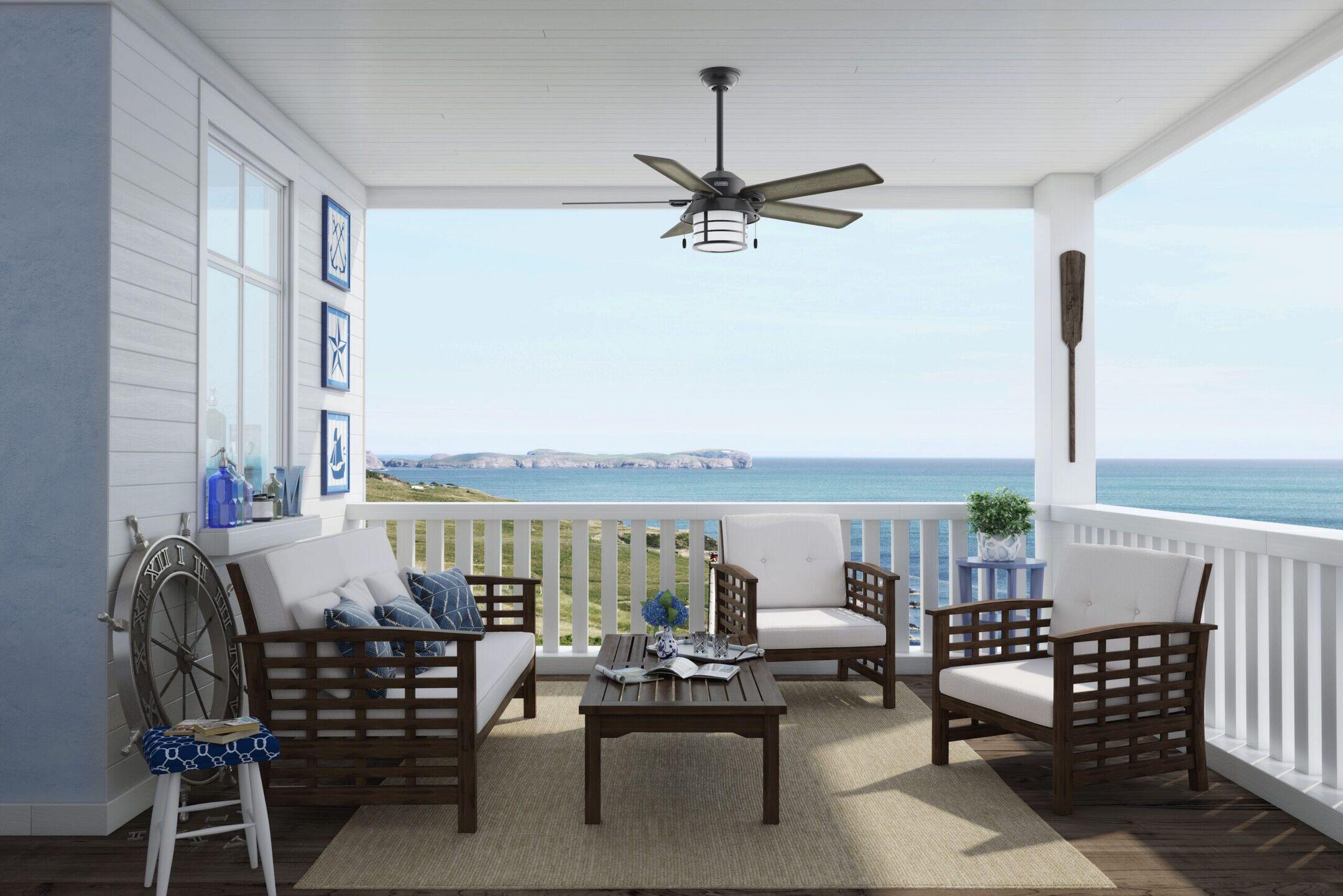
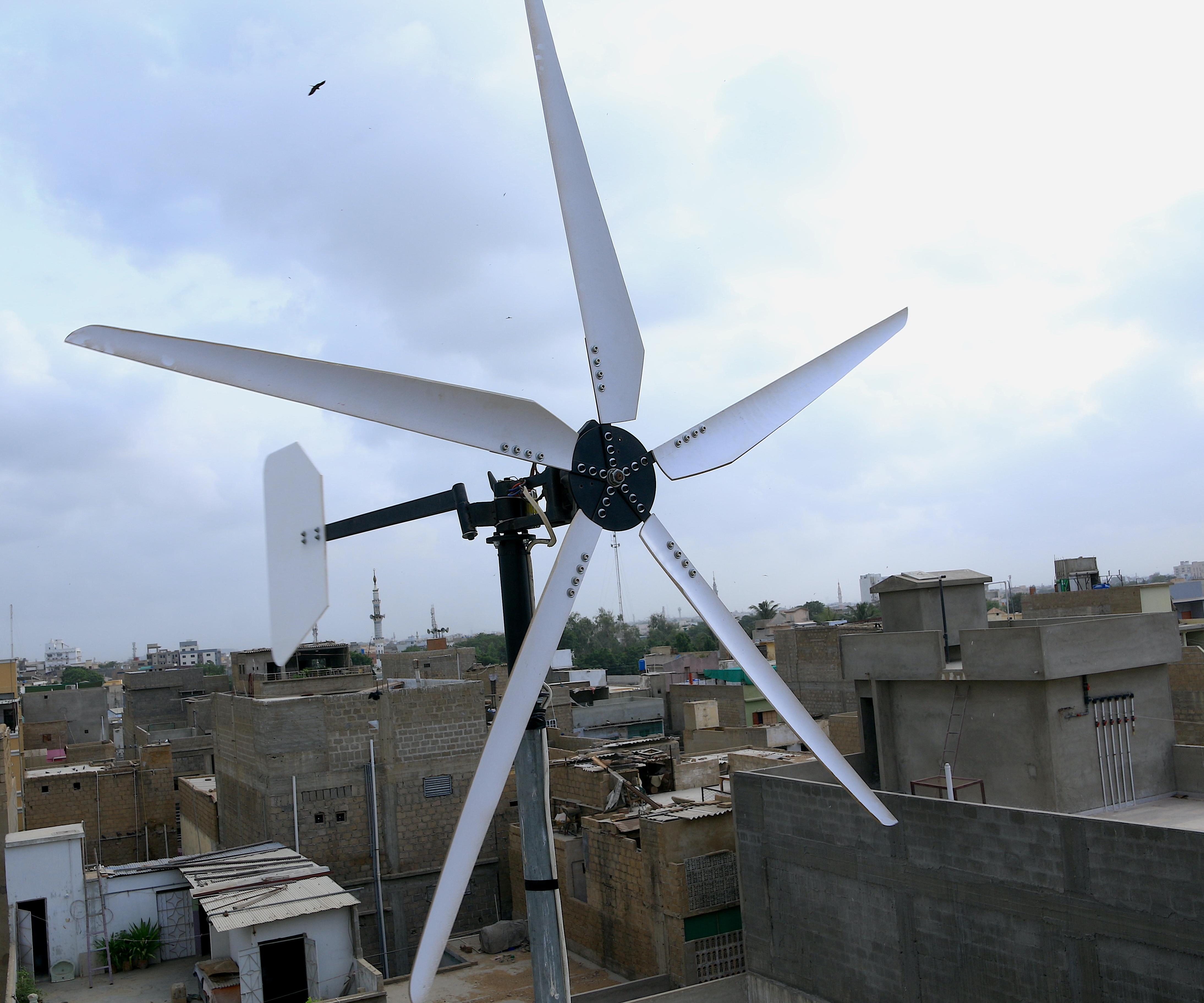


0 thoughts on “How To Stop Outdoor Ceiling Fan From Spinning In The Wind”